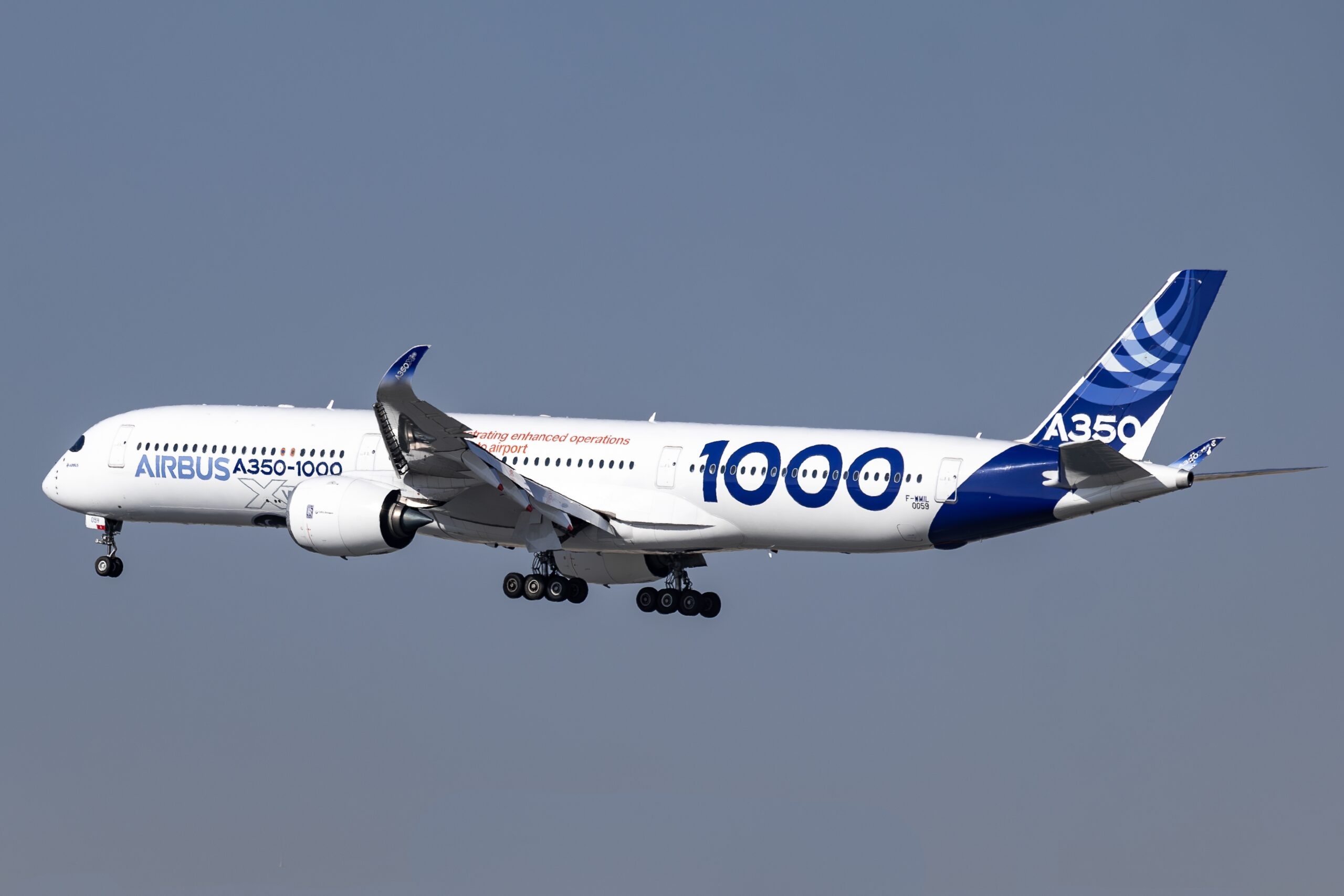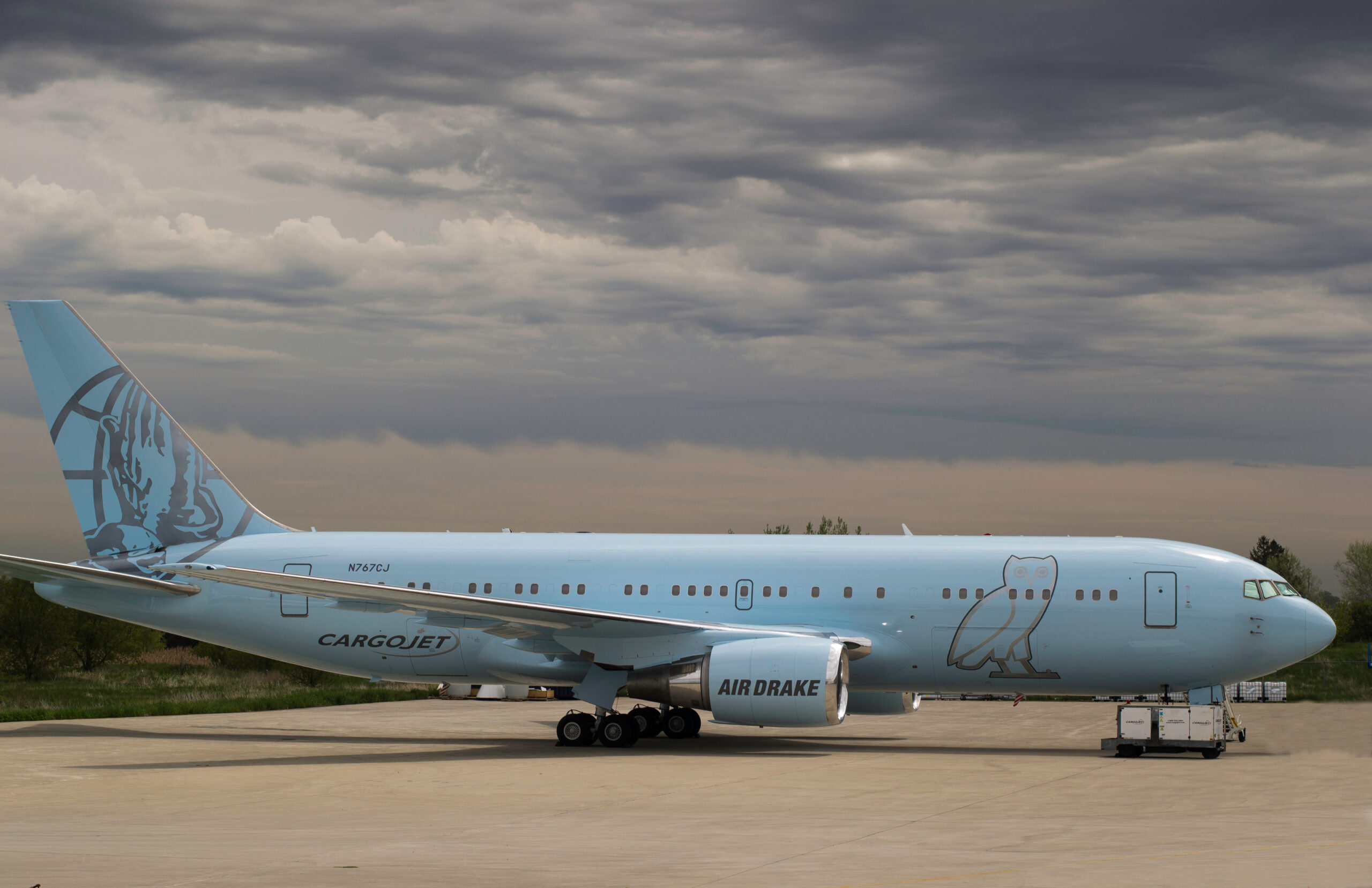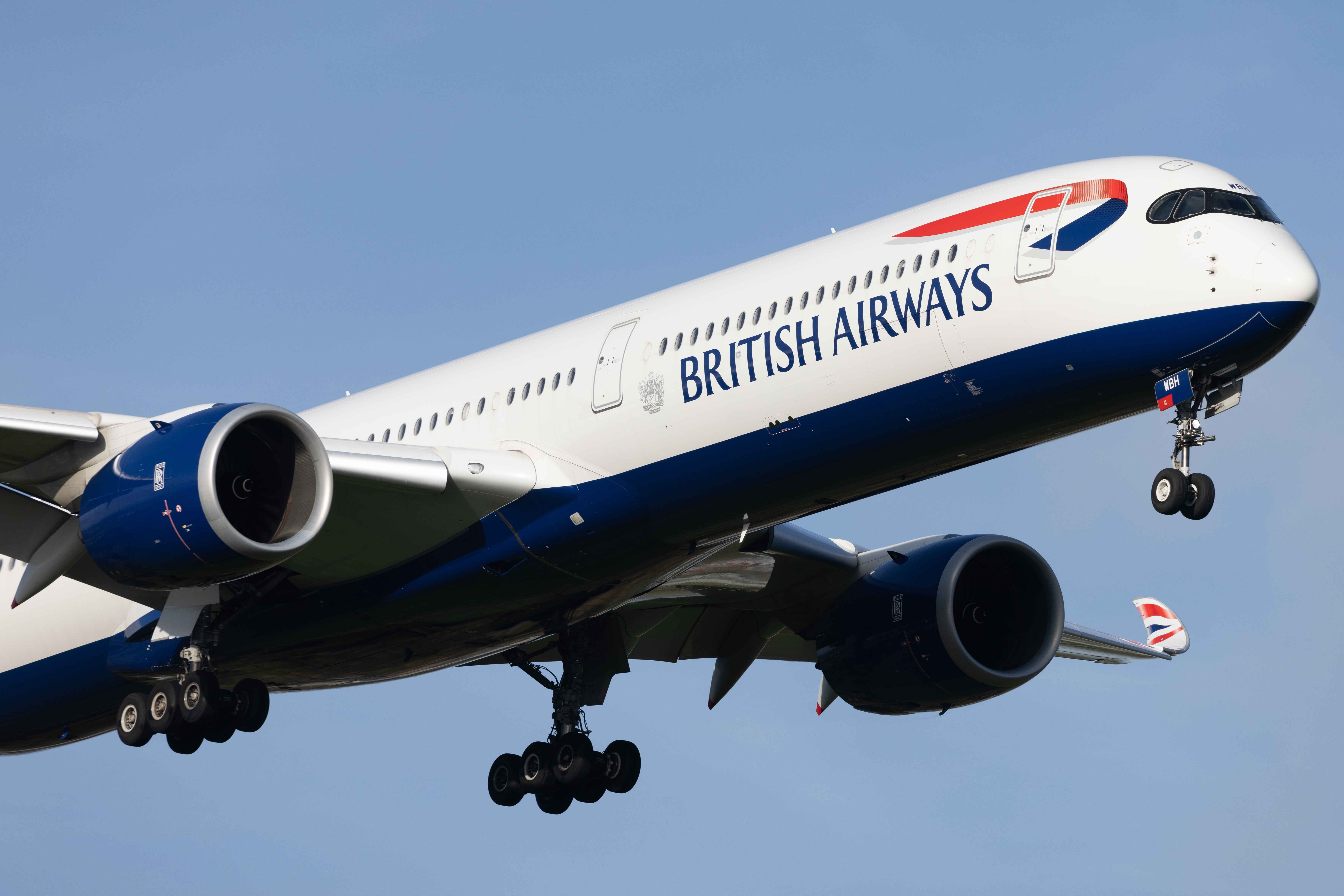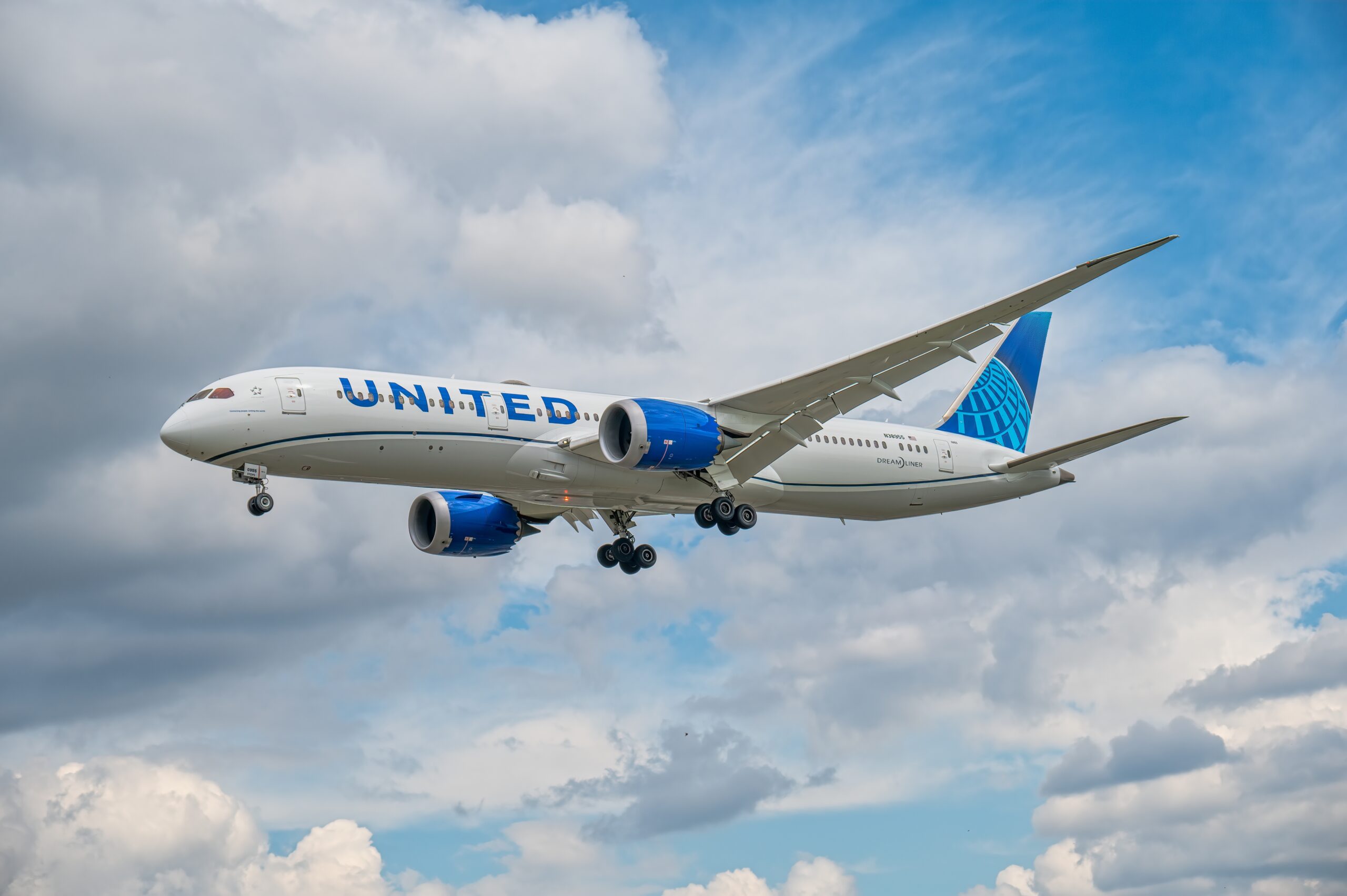Biggest Commercial Airplanes
Biggest Commercial Airplanes
Commercial aviation has seen a remarkable evolution over the decades. From the humble beginnings of air travel to the modern marvels that now soar through the skies, the development of larger and more efficient airplanes has played a crucial role in shaping the industry. Let’s take a closer look at some of the biggest commercial airplanes that have made history.
Airbus A380
The Airbus A380 is currently the largest passenger airplane in the world. It was first delivered to Singapore Airlines in 2007. The plane’s two full-length passenger decks can accommodate up to 850 passengers in an all-economy class configuration. In a standard three-class layout, it typically seats around 555. The A380’s wingspan measures 79.75 meters.
- First flight: April 27, 2005
- Engines: Four Engine Alliance GP7200 or Rolls-Royce Trent 900
- Maximum range: 8,000 nautical miles (14,800 kilometers)
The aircraft includes amenities such as onboard showers, lounges, and even duty-free shops in some configurations. It’s primarily used on long-haul international flights. Despite its size and luxury, Airbus announced in 2019 that they would end production of the A380 in 2021 due to insufficient demand.
Boeing 747-8
The Boeing 747-8 is a large, long-range wide-body airliner developed by Boeing Commercial Airplanes. It is the largest and latest variant of the Boeing 747. The 747-8 offers the most extensive payload capacity and longest range out of all the 747 series.
- First flight: February 8, 2010
- Engines: Four GEnx-2B67
- Maximum range: 7,730 nautical miles (14,320 kilometers)
The airplane can carry up to 467 passengers in a typical three-class arrangement. It has incorporated advanced aerodynamics and more efficient engines, which contribute to its lower operating costs. The 747-8 has a wingspan of 68.4 meters. The plane is used by several airlines, including Lufthansa and Korean Air.
Boeing 777-9
The Boeing 777-9 is part of the Boeing 777X series. This aircraft is the most recent addition in the 777 family and is designed to be more fuel-efficient and spacious. The 777-9 is presently in the testing phase and has not yet entered service.
- First flight: January 25, 2020
- Engines: Two General Electric GE9X
- Maximum range: 7,285 nautical miles (13,500 kilometers)
This version of the 777 can carry up to 426 passengers in a two-class configuration. The wingspan is 71.8 meters when extended. The 777-9 competes directly with the Airbus A350-1000. It’s expected to offer operational improvements over its predecessors.
Airbus A350-1000
The Airbus A350-1000 is the largest variant in the A350 family. It was designed for long-range flights and aims to reduce fuel consumption using advanced aerodynamics and materials.
- First flight: November 24, 2016
- Engines: Two Rolls-Royce Trent XWB-97
- Maximum range: 8,700 nautical miles (16,100 kilometers)
This aircraft can carry approximately 410 passengers in a typical three-class configuration. The wingspan measures 64.75 meters. The A350-1000 provides a significant reduction in CO2 emissions compared to older long-haul aircraft. It’s used by several airlines like Qatar Airways and Cathay Pacific.
Boeing 787-10
The Boeing 787-10 is the largest model in the 787 Dreamliner series. This aircraft is renowned for its fuel efficiency and ability to cover long distances with lower energy consumption.
- First flight: March 31, 2017
- Engines: Two Rolls-Royce Trent 1000 or General Electric GEnx-1B
- Maximum range: 6,430 nautical miles (11,910 kilometers)
The 787-10 can accommodate up to 330 passengers in a two-class configuration. Its wingspan measures 60.1 meters. This model has been a popular choice for long-haul routes. It’s known for reducing fuel burn by about 25% compared to previous generation aircraft. Some of the primary operators include Singapore Airlines and United Airlines.
Antonov An-225 Mriya
Although not a commercial passenger aircraft, the Antonov An-225 Mriya deserves mention due to its sheer size. It remains the heaviest aircraft ever built and was designed initially to transport the Buran spaceplane.
- First flight: December 21, 1988
- Engines: Six Progress D-18T turbofan engines
- Maximum range: 8,300 nautical miles (15,400 kilometers) unladen
The aircraft has a wingspan of 88.4 meters and can carry an internal payload of up to 250 metric tons. It has found a niche in transporting oversized cargo that no other aircraft can handle. The An-225 has only one operational unit, operated by Antonov Airlines.
Other Notable Mentions
Besides the giants already listed, some other commercial aircraft deserve recognition:
Lockheed C-5 Galaxy
Used primarily for military purposes, the C-5 Galaxy is one of the largest military transport aircraft. It has seen some commercial use for heavy and oversized cargo.
McDonnell Douglas MD-11
Although no longer in production, the MD-11 is a large, long-range wide-body trijet known for its distinctive third engine mounted on the tail. It remains in service mainly for cargo operations.
The development of large commercial airplanes continues to push the boundaries of what’s possible in aviation. These aircraft have made international travel more accessible, connected economies, and revolutionized air transport logistics. Whether in passenger service or cargo operations, they showcase remarkable engineering achievements and represent the future of aviation.






